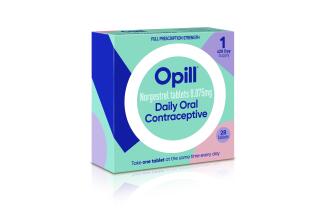Seeking the best treatment for a baffling disorder
- Share via
Facial hair and obesity in adolescent girls often are caused by a complex condition diagnosed only years later when the girls-turned-women discover another symptom: They can’t get pregnant.
The baffling disorder, called polycystic ovarian syndrome, is caused by the production of too many androgen hormones, such as testosterone. One of the leading causes of infertility, it affects an estimated 6% to 10% of U.S. women to varying degrees, though most are never diagnosed.
As part of the effort to better understand and treat the condition, a national study will test two drugs -- the diabetes drug metformin and the infertility drug clomiphene citrate -- for their ability to help women with the disorder become pregnant.
Both of the dramatically different medications seem effective, says Dr. R. Jeffrey Chang, director of reproductive endocrinology at UC San Diego and one of the study’s investigators. “But we’re not clear which works better.”
The infertility drug prompts the ovaries to release eggs, but the diabetes drug’s effect is much more complicated.
“There is data to suggest that the high androgen levels can contribute to insulin resistance,” which can lead to diabetes, Chang says. “We don’t know how, but the link is there.”
The diabetes drug lowers insulin levels which, in turn, seems to reduce androgen production. When androgen levels return to normal, a woman has a better chance of ovulating and becoming pregnant.
Doctors typically recommend treatments for the patient’s various symptoms -- hirsutism, acne, irregular menstrual cycles -- while addressing the infertility if the woman wants to become pregnant.
In the current study, sponsored by the National Institutes of Health, 750 women, ages 18 to 39, with the disorder who would like to become pregnant will be treated at one of 18 medical centers nationwide. The women will be assigned to receive either clomiphene citrate, metformin or both drugs for six months. Doctors will then follow the women to see how many in each group become pregnant.
Though most women are diagnosed with polycystic ovarian syndrome in early adulthood, the earlier the disorder is detected, the better chance women and their doctors have to prevent problems, such as insulin resistance, from developing, Chang says. But the disorder is rarely diagnosed when the first signs emerge.
“The onset is usually on or soon after puberty,” he says. “So it really behooves the pediatrician to look for signs, especially the excessive hair growth and menstrual irregularities. If a patient has an irregular cycle, that may just be an adjustment, and the girl’s cycle will even out. But if the menstrual irregularity goes on for one to two years, we feel [the patient] should be evaluated.”






